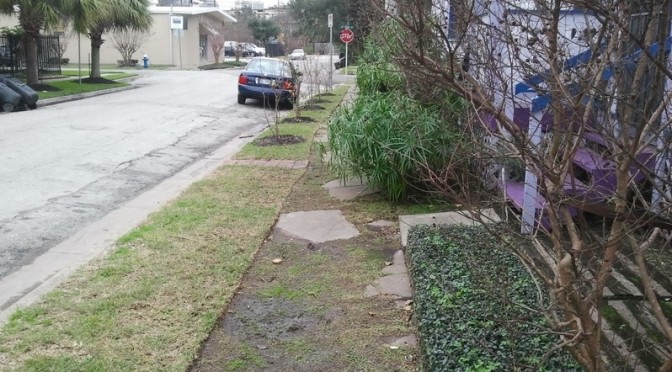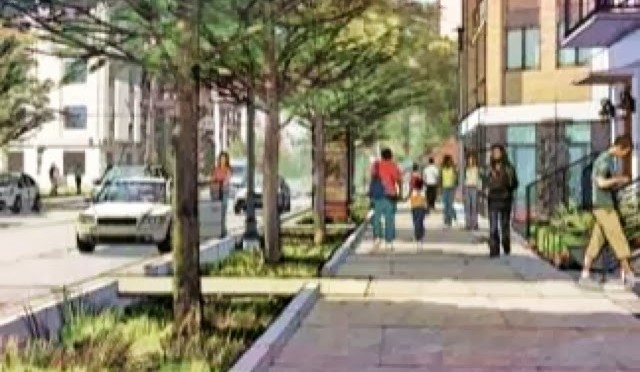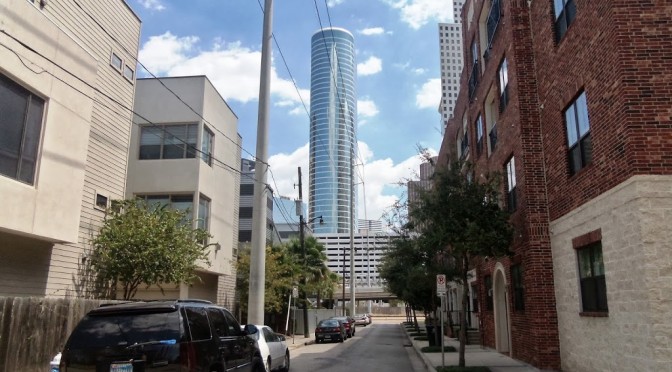
More than a century old, Montrose is one of the most well-known neighborhoods in Houston. In that time, it's been home to American Presidents, world-famous celebrities and various counter-cultural movements. It's also quite possible that many Montrose residents and visitors are walking on 100-year old, original sidewalks.
One can only imagine the poor condition when many sidewalks … Continue Reading ›› 
Some
fantastic news out of the Mayor's office today...
Mayor Annise Parker Announces Visionary Complete Streets Policy for Houston
At the site of Texas' first certified GreenRoads projects in Midtown, Mayor Annise Parker today unveiled a transformative new approach for Houston streets that will accommodate the needs of … Continue Reading ››

If you've been to Houston recently (and took some time to exit the freeways), you probably could tell one thing pretty quickly... the city is in the throws of a rapid transformation. Much of this building boom is taking place in the form of new condominiums and mid-rise structures, which will likely increase after …
Continue Reading ›› 
As city government leaders continue the debate for Houston's future growth and development, many residents have lots of questions for how these changes will affect their area. The first major move to address those issues is
likely to come to a City Council vote on April 24th... an expansion and re-vamp of Houston's Chapter 42 …
Continue Reading ››
A Voice for the Rest of Texas



